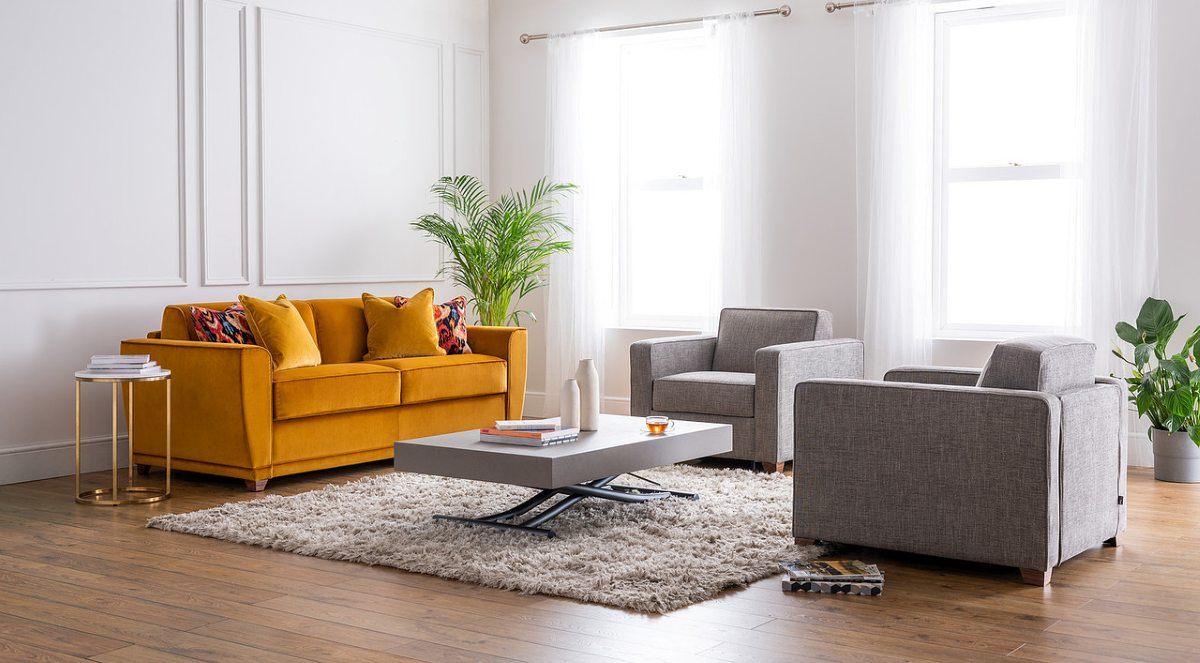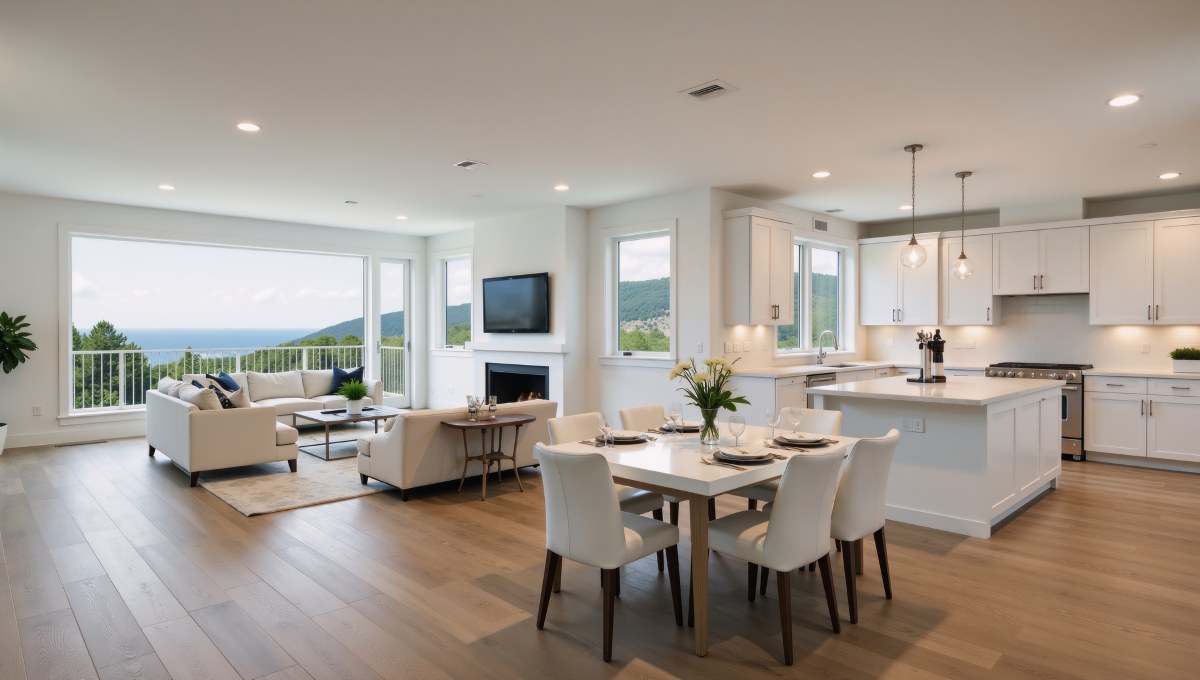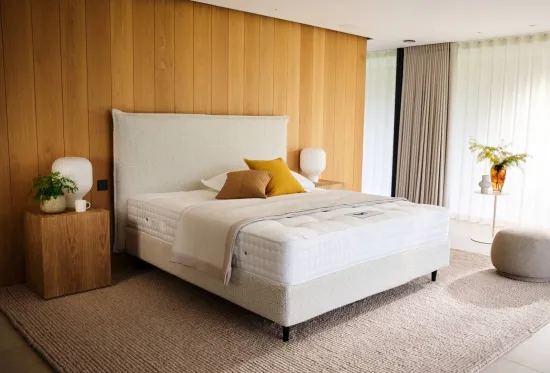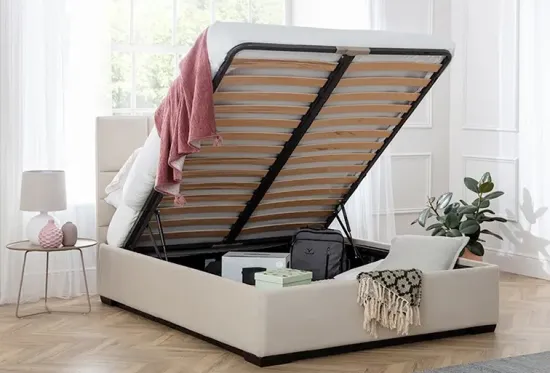Open plan living - whether it’s a kitchen-lounge-diner in a modern flat or a sprawling, converted Victorian terrace - invites freedom, flow, and light. But it also presents a particular challenge: how do you choose furniture that anchors the space without visually overwhelming it? More specifically, how do you choose the right sofa - that one essential piece that quietly dictates how you use and feel in the space?
We think the sofa matters more than most people realise. It’s not just about style (though that matters, of course). It’s about scale, placement, modularity, and how the sofa interacts with zones around it - both functionally and visually.












